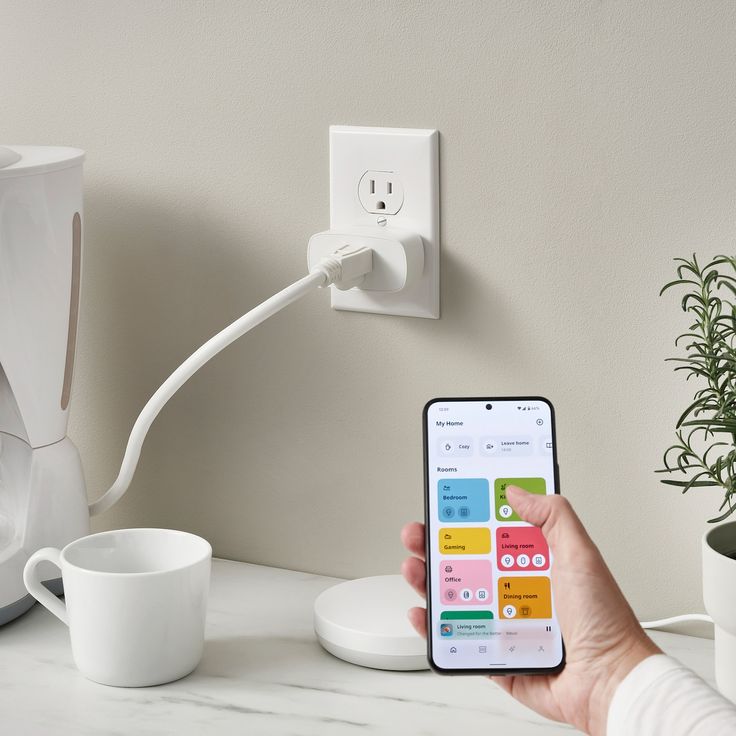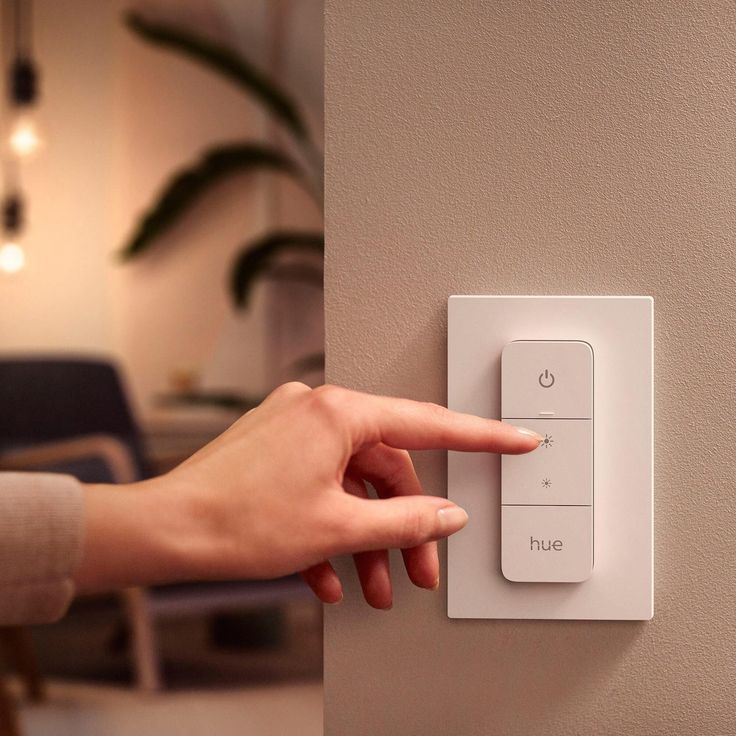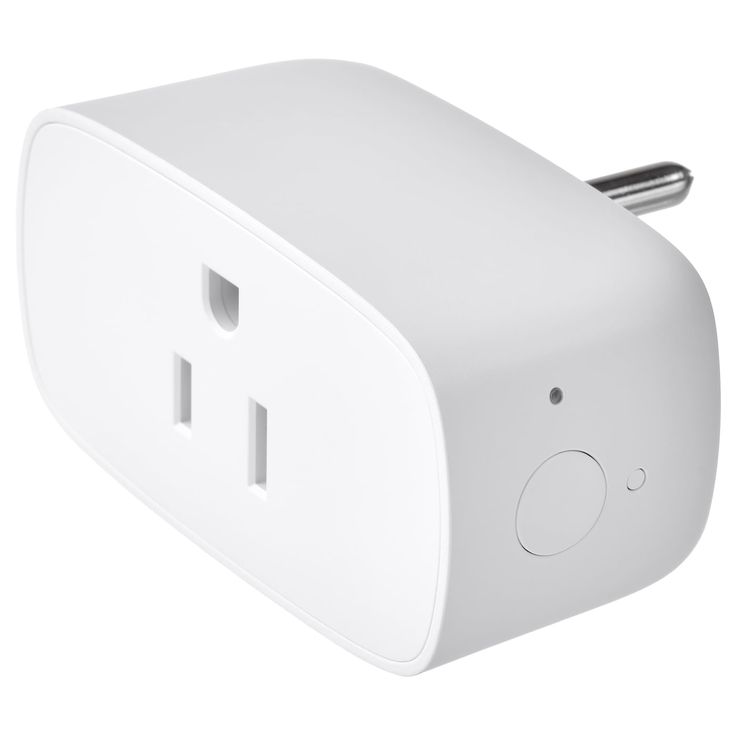Introduction to Smart Switches
Transform your home into a modern, voice-controlled or app-driven smart space with smart switches. Ideal for tech enthusiasts or anyone seeking added convenience, smart switches are the heart of a connected home. They allow you to manage your lights and devices effortlessly. Whether you desire a switch that replaces your traditional ones or a wireless option that sits alongside your existing setup, smart switches cater to diverse needs. Ease of use, flexibility, and enhanced control make smart switches a smart choice. Get ready to explore the smart era where lighting control is right at your fingertips, with added benefits like remote access and energy savings. Join us as we delve into the realm of smart home automation with smart switches as a pivotal component.

Key Features of Smart Switches
When selecting the best smart switch for your home, several key features stand out. These features enhance usability, compatibility, and functionality, making them essential considerations.
- Voice Control and App Integration: Most top smart switches integrate seamlessly with popular voice assistants like Alexa, Google Assistant, and Siri. This allows for hands-free control and the ability to manage your home through a dedicated app.
- Wireless vs. Wired: Smart switches come in both wireless and wired configurations. Wireless models are easy to install and versatile, while wired models replace existing switches and may require some basic electrical knowledge for installation.
- Design and Aesthetics: A well-designed smart switch should not only be functional but also complement your home’s decor. Options vary from minimalist to modern styles that blend into your living space.
- Energy Monitoring: Some smart switches offer energy monitoring features that track power usage. This is helpful for saving on electricity bills and environmental conservation.
- Scheduling and Automation: Setting up schedules to automate your lighting and device operations is a standard feature. It enhances convenience, offering peace of mind especially when you are away from home.
Each of these key features brings a different dimension to the functionality of smart switches, thus, it is crucial to assess what fits best with your specific home needs before making a decision.
Top Smart Switch Brands to Consider
When venturing into the world of smart home automation, choosing the right smart switch brand is crucial. Here we highlight some notable ones that consistently receive high acclaim for reliability, design, and compatibility.
Philips Hue
A leader in the smart lighting space, Philips Hue offers smart switches known for innovative features. They are ideal for those invested in the Hue ecosystem, allowing refined control over lighting scenes and ambience with both wireless and wired options available.
TP-Link Tapo
TP-Link’s Tapo range provides smart switches that are user-friendly and cost-effective. They easily integrate with most home networks, offering wired solutions that bring traditional lighting systems into the smart age with app and voice command capabilities.

Wiz Lighting
Wiz smart switches cater to those with Wiz lighting systems. They simplify the smart home experience with minimalist design and straightforward functionality, focusing on ease of use with their magnetic mounting and wireless operation.
SwitchBot
For versatile control over a variety of appliances, the SwitchBot smart switch is an intriguing choice. It retrofits traditional switches and buttons with smart capabilities, making it a universal option to smarten up non-smart devices.
Each brand brings its own unique strengths to the table, so consider your specific home automation goals and the smart home systems you currently use or plan to use. By selecting a brand that aligns with your requirements, you ensure a smooth integration into your smart home setup.
Compatibility with Smart Home Systems
Choosing the suitable smart switch for your home requires understanding its compatibility with existing smart home systems. Consider the smart home platforms you use, like Alexa, Google Assistant, or Apple HomeKit, when picking your smart switch. A compatible smart switch will seamlessly integrate with these platforms, allowing for voice control and synchronization with other smart devices.
Compatibility Checks
Before investing in a smart switch, check if it’s designed to work with your current smart home setup. Look for information on compatibility with your voice assistant or automation platform. Many smart switches specify which systems they support, ensuring you don’t face issues after purchase.
Brand-Specific vs. Universal Smart Switches
Some smart switches are brand-specific, working best within their ecosystem, like Philips Hue or Wiz Lighting systems. Conversely, options like the SwitchBot Bot offer more universal control across various devices, which can be ideal for homes with diverse tech.
Cross-Platform Integration
A smart switch that supports cross-platform integration is desirable for a cohesive smart home experience. It should connect easily with different platforms, allowing you to control it through various apps or devices.

Future-Proofing Your Investment
Selecting a smart switch that’s compatible with multiple platforms can safeguard your investment for the future. As smart home technologies evolve, having a device that adapts with new advancements will offer convenience and longevity.
Overall, smart switch compatibility is vital for ensuring smooth operation with your smart home systems. By checking compatibility, considering brand-specific versus universal switches, focusing on cross-platform integration, and thinking about future-proofing, you can make an informed decision suited to your home automation needs.
Installation Requirements for Smart Switches
Installing smart switches in your home involves several key steps, catered to either wireless or wired types. Understanding these requirements ensures a smooth transition, optimizing your home’s smart capabilities without issue.
Preparing for Installation
- Check Electrical Compatibility: Ensure your home’s wiring supports the smart switch type. Most wired systems need a neutral wire present.
- Gather Necessary Tools: Collect screwdrivers, wire strippers, and a voltage tester. These tools are essential for safe installation.
- Power Off: Always turn off the main power at the circuit breaker to avoid any electrical hazards.
Installation Process for Wired Smart Switches
- Remove Old Switch: Carefully remove the existing switch’s faceplate and unscrew the old switch from the junction box.
- Connect Wires: Attach the corresponding wires from the smart switch to your home’s wiring. Referring to the installation manual can guide you correctly.
- Secure the Switch: Once wires are connected, mount the smart switch in the junction box and replace the faceplate.
- Power On and Test: Restore power and test the switch to ensure it functions correctly.
Setting Up Wireless Smart Switches
- Choose Location: Wireless switches can be placed anywhere. Select a spot within your smart system’s range.
- Mount the Switch: Most can be mounted using stickers or magnetic plates provided.
- Sync with Smart Home System: Follow the manufacturer’s app instructions to connect the smart switch to your home network and integrate it with other smart devices.
Post-Installation Checks
- Test Functionality: Confirm that the smart switch controls your lights and integrates with other systems like Alexa or Google Home correctly.
- Check App Accessibility: Make sure the smart switch’s functionalities are fully accessible through its respective mobile app.
By carefully following these guidelines, you can install both wired and wireless smart switches efficiently, ensuring they operate harmoniously within your smart home environment.
Functionality and Use-Cases for Smart Switches
Smart switches enhance home convenience and control. They adapt to various home scenarios, proving essential in modern smart homes. Below are some specific functionalities and use-cases illustrating why smart switches are versatile additions to residential settings.
Remote Control and Flexibility
Smart switches enable remote light control via apps or voice commands. This feature is perfect for adjusting ambience and reducing energy consumption without being physically present.
Automated Scheduling
Users can schedule lights to change at specific times. For example, lights can dim in the evening to create a relaxing ambience or turn on in the morning as an alarm.
Multi-Device Compatibility
Smart switches can control various devices. Not just lights but also fans, heaters, and more, with a single command or via scheduled settings.
Enhanced Security
Through automated settings, lights can be set to turn on and off randomly. This simulates presence at home, deterring potential intruders.
In conclusion, smart switches introduce ease, enhance security, and save energy. They offer configurations tailored to individual or family preferences for a smarter living environment.
Smart Switches: Wi-Fi vs. Zigbee/Z-Wave
Choosing between Wi-Fi and Zigbee/Z-Wave smart switches largely depends on your smart home setup and preferences. Both technologies have advantages that suit different types of homes and user needs. Here’s a breakdown of what each offers.
Wi-Fi Smart Switches
Wi-Fi smart switches connect directly to your home network. This means you can control them from anywhere with your smartphone. They’re ideal for convenience and ease of setup. With a Wi-Fi switch, there’s no need for a separate hub. These switches work well with voice assistants and can offer energy consumption data. However, they may affect your Wi-Fi speed if you connect many devices.
Zigbee/Z-Wave Smart Switches
Zigbee and Z-Wave are different. They use a separate hub to connect to your network. This reduces strain on your Wi-Fi. These switches can support many devices without slowing down your internet. They’re great for larger homes due to their extended range. Both Zigbee and Z-Wave create mesh networks. This means each connected device can extend the system’s range. One downside is they usually require a compatible hub.
When deciding, consider your home size and the number of devices you’ll connect. Also, think about your internet speed and whether you want a hub. Remember, the choice between Wi-Fi and Zigbee/Z-Wave will affect your smart home’s performance. Choose what aligns best with your tech setup and lifestyle for the most seamless experience.
Final Thoughts: Selecting the Best Smart Switch for Your Home
Choosing the ideal smart switch involves considering multiple factors tailored to specific needs and preferences. Here are some final tips to help ensure you make the best choice for your smart home setup:
- Evaluate Your Current Home Setup: Before making a purchase, assess your home’s lighting system and any existing smart home devices. This helps determine whether you need a system-specific switch like Philips Hue or a universal option like SwitchBot.
- Consider Installation Requirements: Decide if you prefer the simplicity of wireless switches or the robust integration of wired switches. Wireless options might be better for those not wanting complex installations.
- Smart Home Integration: For seamless operation, ensure that the smart switch is compatible with the smart home systems you are already using like Alexa or Google Home.
- Functionality Matters: Think about what you want from your smart switch—simple on/off control, dimming capabilities, or perhaps scheduling and automating scenarios for different times of the day.
- Future-Proof Your Purchase: Look for a switch that supports software updates and is compatible with multiple platforms, safeguarding your investment against rapid technology changes.
- Budget and Quality: Always consider the balance between cost and the quality of the smart switch. Investing a bit more in a reputable brand could save future headaches and add to your home’s value.
By carefully considering these elements, you can choose a smart switch that not only meets your current needs but also adapts to future innovations, making smart living more accessible and enjoyable.